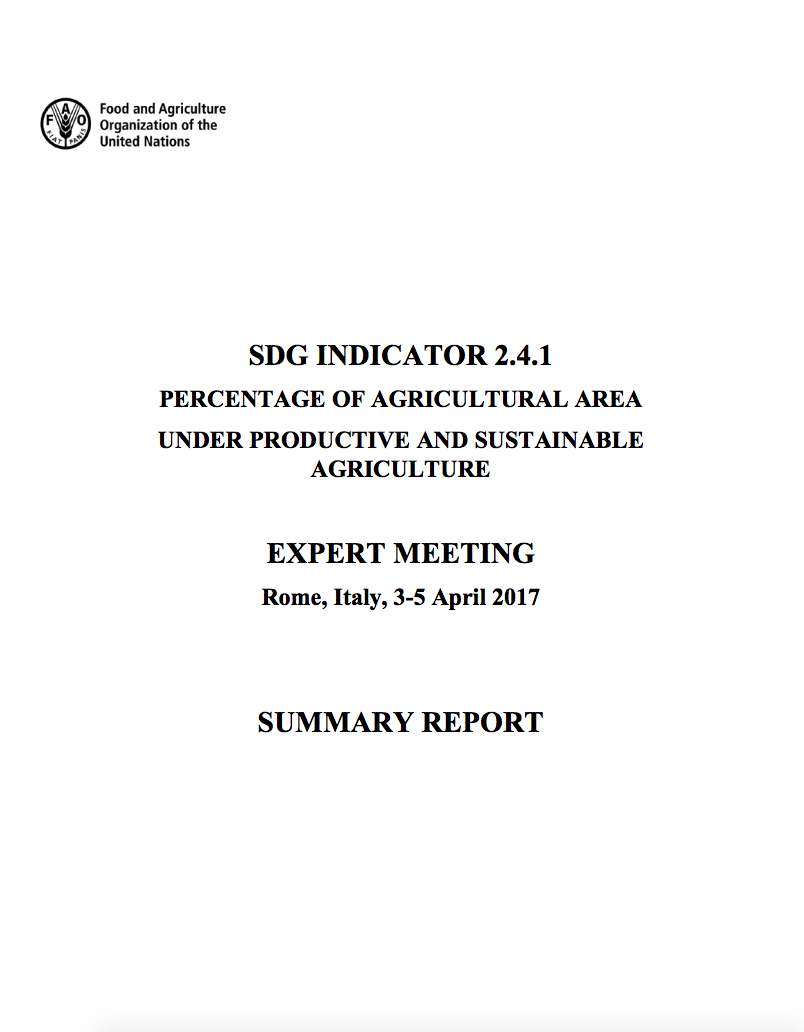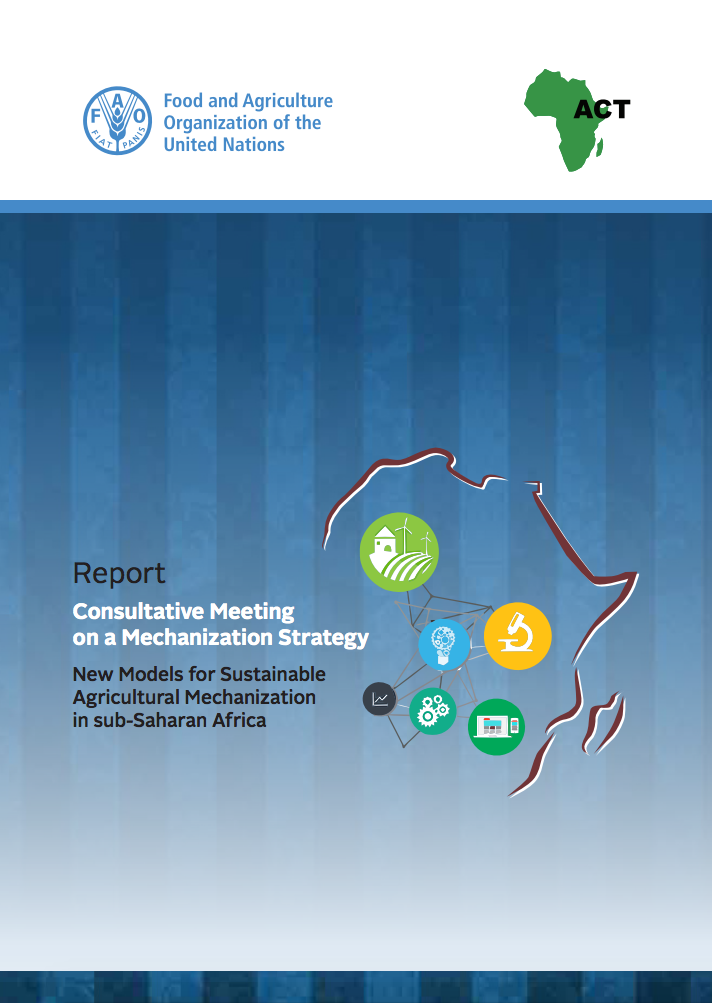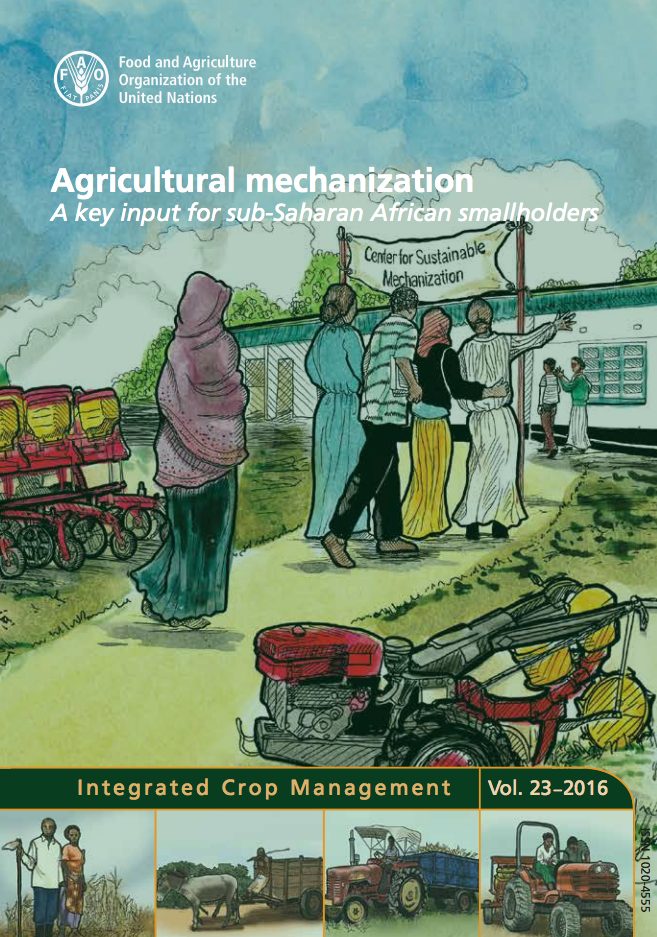Defining Spaces of Resilience within the Neoliberal Paradigm: Could French Land Use Classifications Guide Support for Risk Management Within an Australian Regional Context?
An effective response to future risk within socio-ecosystems will require the retention of local diversity, not just in more vulnerable communities on the margins but also in regions vital to industrialised countries. A case study is presented that examines agroecosystem vulnerability to climate change within an Australian multifunctional rural landscape adjacent to the city of Adelaide.









